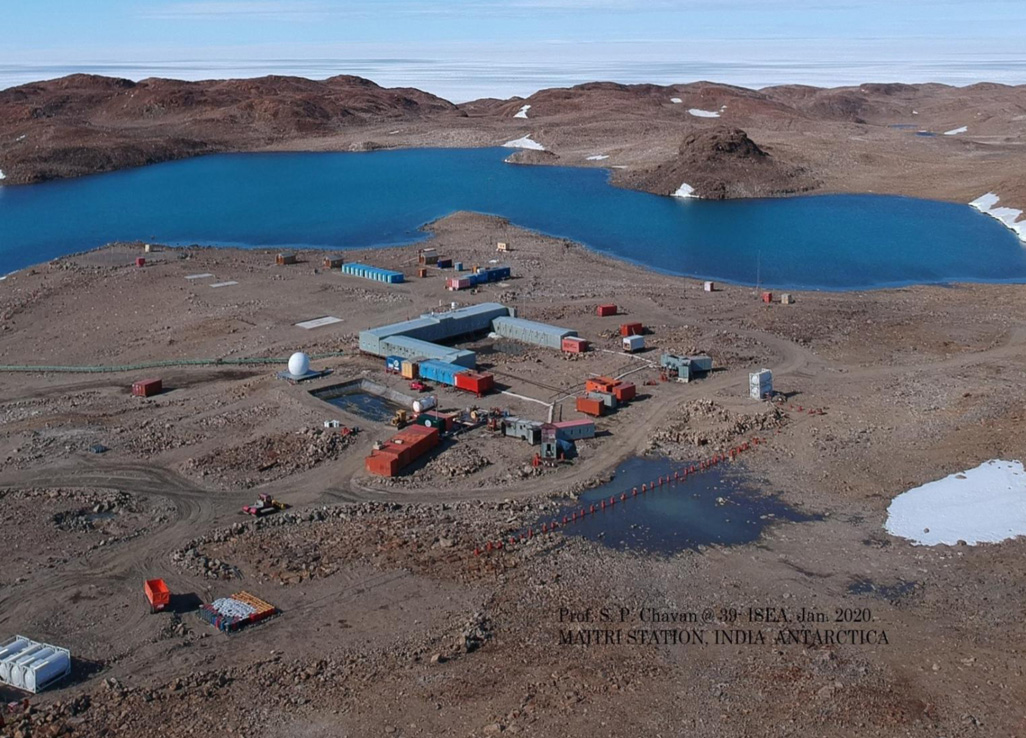Abstract: Post 1950, the number of severe tropical cyclones has increased over the North Indian Ocean. Understanding the changes in tropical cyclone activity and improving predictability is essential for issuing accurate warnings to the public.
The authors are Assistant Professor and Professor respectively, Department of Earth and Atmospheric Sciences, National Institute of Technology, Rourkela, Odisha. pandaj@nitrkl.ac.in.
TO READ THE FULL ARTICLE
Already have an account? Log In
Keep reading with one of these options :
OR
Free
Limited Articles
Create an account
